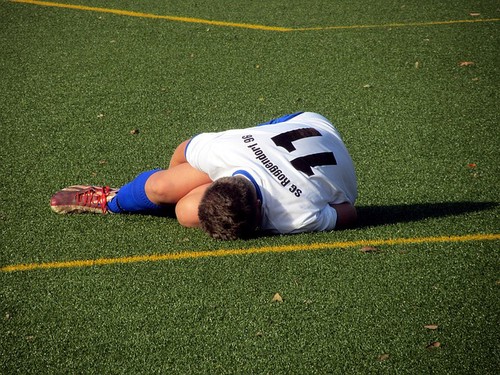When we make an approximation to the more and more frequent deaths in those who practice some sport disciplines, we must start by defining what it is and the variables that can generate it. Today we will deal with this subject in order to clarify what cardiology knows so far about these unfortunate experiences.

Sudden death in sportsmen and women increases its incidence in comparison with the general population due to some considerations inherent to sports competitions such as an increase in heart rate, an increase in blood pressure, emotional stress generated by competition, high temperatures, an increase in the contraction of the heart and therefore in the consumption of oxygen by the heart muscle.
Estimates that could be closer to reality show that 2 out of every 100,000 individuals who practice some sport discipline under 35 years old die in the sports field, this represents about 350 deaths per year approximately. If we observe according to gender it is 10 times more frequent in men than in women for causes that are not yet clear. Although the incidence is low, sudden death has a high emotional impact on the population and families of these athletes.
The causes.
Age plays an important role in the causes that generate it. In the case of children under 35 years of age, structural myocardiopathies have been observed more frequently due to congenital or birth diseases in the heart where alterations of the cardiac valves are present or in the origin of the arteries that carry blood to the heart (coronary arteries). In the case of those over 35 years of age, most of the time this is related to ischemic cardiopathy generated by obstruction of the coronary arteries.
We cannot leave aside the "sporting imprudences" among them those of those athletes without adequate preparation for the demands of the competitions to which they are submitted.
Prevention.
The pre-participation medical evaluation allows us to detect some factors that trigger sudden death. However, there is no test that can detect 100% the probability of a fatal event, so more and more recommendations are made regarding the preparation of personnel trained in cardiopulmonary resuscitation prepared to act quickly with the support of defibrillators thus creating a safe environment.
In veteran athletes it is always important to control diabetes, high blood pressure and obesity, as they are the triggers of ischemic heart disease and as we have pointed out are the most frequent cause of sudden death in over 35 years.
Aspects that every athlete should remember.
- Pre-sports evaluation, knowledge of cardiopulmonary resuscitation and demanding sports fields with defibrillators.
- Age is a conditioner to carry out the pertinent studies before a high sport requirement.
- Being a patient with cardiovascular risk factors such as diabetes or hypertension is not a reason to avoid sports exercise because the benefit continues to be greater than the risk.
- The sudden death is a reality that is more frequent during the activity and one hour after having finished it.
Comments